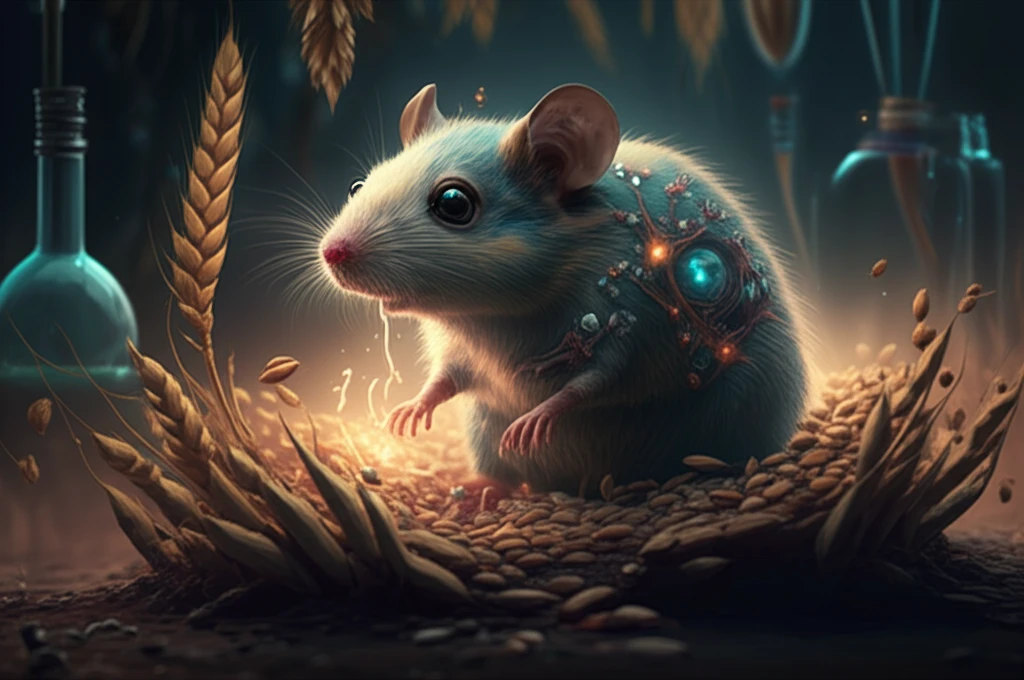
Gut Feeling: Can Genetically Modified Saliva Supercharge Digestion?
"Scientists explore how transgenic mice producing fungal xylanase in saliva offer a breakthrough for improving feed digestibility and revolutionizing animal nutrition."
In the world of animal nutrition, a significant challenge lies in maximizing the digestibility of feed. Monogastric animals, those with a single-compartment stomach like pigs and chickens, often struggle to break down complex components such as xylan, a major structural polysaccharide found in plant cell walls. This indigestibility not only limits nutrient absorption but also contributes to environmental pollution through increased excretion.
Imagine if we could enhance the digestive capabilities of these animals by equipping them with the necessary enzymes to break down xylan. This is the premise behind an innovative study focusing on the production of transgenic mice capable of producing fungal xylanase in their saliva. By introducing a foreign xylanase gene, researchers aimed to secrete this enzyme into the digestive tract, thereby improving the breakdown of dietary xylan.
This research has successfully produced transgenic mice carrying an Aspergillus niger xylanase gene, controlled by a salivary gland-specific regulatory element. The fungal xylanase is expressed specifically in the submandibular gland and secreted in the saliva of transgenic mice, significantly increasing the digestion of nutrients. This groundbreaking work opens new avenues for enhancing animal feed efficiency and reducing environmental impact.
Unlocking Digestion: The Xylanase Advantage

Xylan is a complex carbohydrate abundant in common animal feeds like barley, wheat, rye, and oats. Unfortunately, monogastric animals lack the enzymes needed to efficiently break it down. This leads to a couple of problems. First, the indigestible xylan forms viscous gels in the gastrointestinal tract, hindering the absorption of other valuable nutrients. Second, it contributes to increased waste and environmental pollution.
- Xylan is hard to digest.
- Xylanase supplementation improves digestion.
- Supplementation increases cost.
- Heat treatment of feed decreases enzyme effectiveness.
Future Directions: A Salivary Revolution?
While further research is needed, this study paves the way for exploring transgenic technology to enhance the digestive capabilities of monogastric animals. Imagine a future where livestock naturally produce the enzymes they need, leading to more efficient feed utilization, reduced waste, and a smaller environmental footprint. The possibility of enhancing feed digestibility through salivary xylanase expression holds considerable potential for the advancement of sustainable agriculture.
